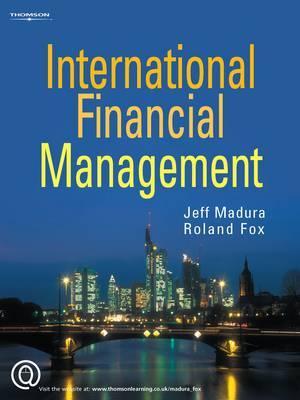Section outline
-

Course Objectives:
1. To enable students to identify, explain the international financial market.
2. Able to understand the foreign exchange market, the balance of payments, past and present international monetary arrangements.
3. Able to understand international investment and capital flows, import and export financing, country risk analysis.
4. Able to understand the techniques of assessment, comparing risk rating among countries, incorporating country risk in capital budgeting.
-
Have a Look.
-
1. International Financial Management- Jeff Madura, 12th edition
-
-
The goal of this course is to provide students with a deep understanding of financial management issues in a global setting. It also aims to help students develop analytical tools that incorporate key international considerations into fundamental financial decisions.
Course Contents:- International Financial Management: An Overview
- International Flow of Funds
- International Financial Markets
- Exchange Rate Determination
- Government Influence on Exchange Rates
- International Arbitrage & Interest Rate Parity
- Relationships among Inflation, Interest Rates, and Exchange Rates
- Forecasting Exchange Rates
- Direct Foreign Investment
- Country Risk Analysis
-
-
Total Time: 40 minutes
-
